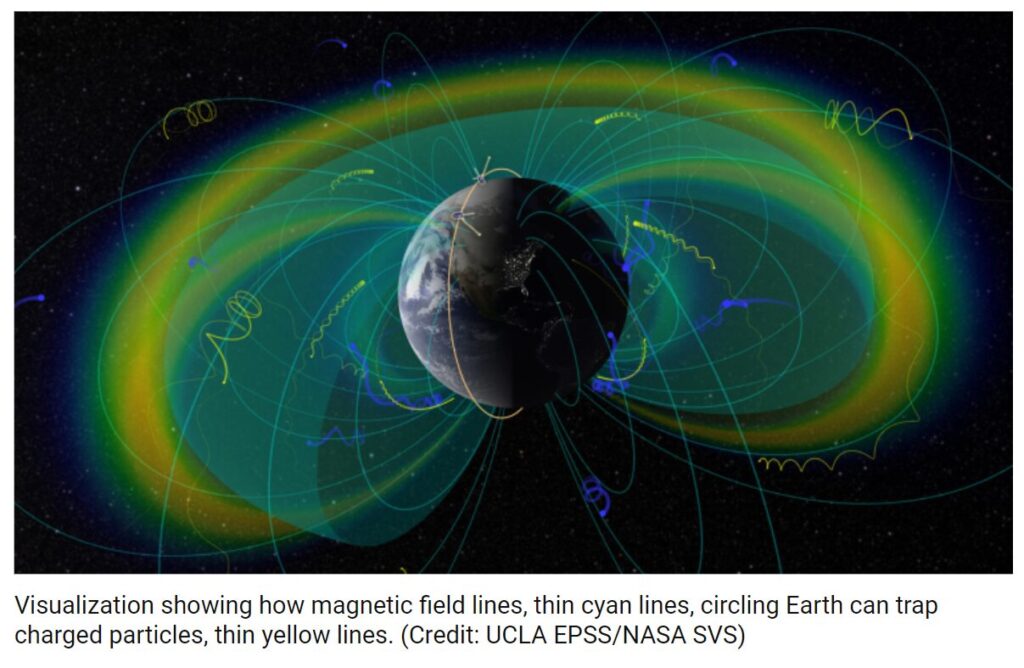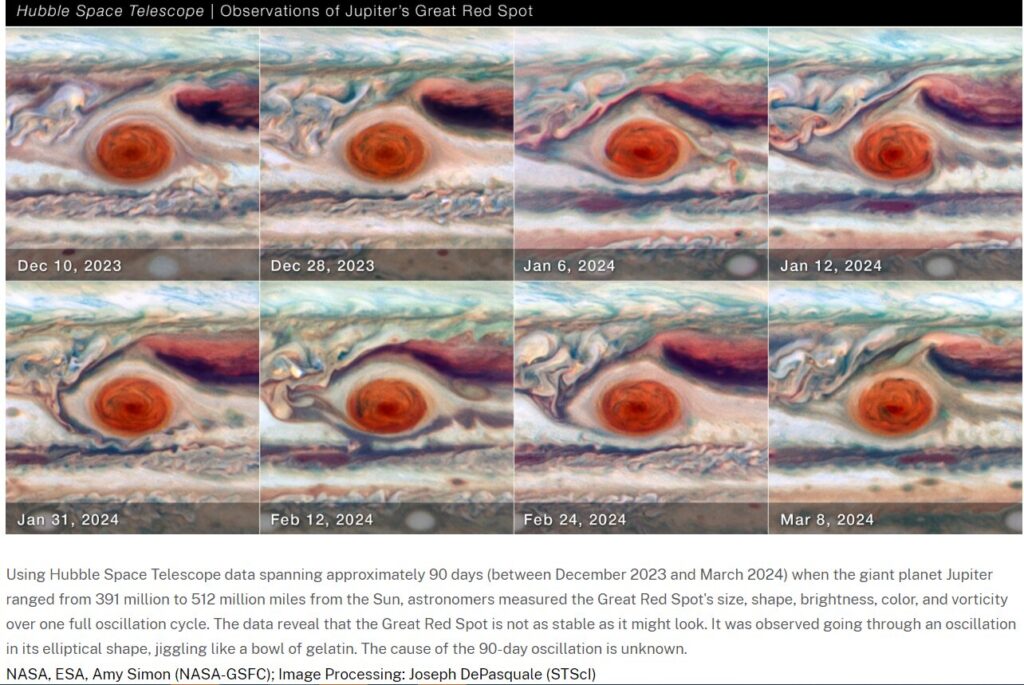
A NASA spacecraft is ready to set sail for Jupiter and its moon Europa, one of the best bets for finding life beyond Earth.
Europa Clipper will peer beneath the moon’s icy crust where an ocean is thought to be sloshing fairly close to the surface. It won’t search for life, but rather determine whether conditions there could support it. Another mission would be needed to flush out any microorganisms lurking there.
“It’s a chance for us to explore not a world that might have been habitable billions of years ago, but a world that might be habitable today—right now,” said program scientist Curt Niebur.
Its massive solar ...
Read More








Recent Comments